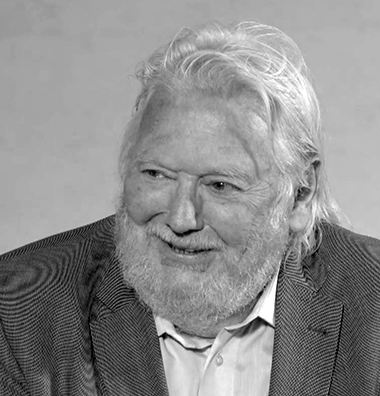
The architect Jan Kerel has passed away, he built Nový Barrandov and Myslbek
 |
He was born in 1944 in Fez, Morocco, and studied at the Secondary School of Applied Arts in Prague. After his studies, he worked in the Architectural Cooperative A 13 between 1971 and 1972, which was transferred in 1972 to the Project Institute of the Czech Union of Production Cooperatives.
Kerel formed a creative duo with Zdeněk Hölzel that lasted nearly 40 years. In 1977, they both moved to the Prague Project Institute, where they immediately took charge of the design of the Nový Barrandov housing estate, originally planned for 40,000 residents. Influenced by Kevin Lynch's postmodern image of the city, they designed a compact and functional city – with squares, streets, bridges, varied facades, complemented by greenery and sculptural works by Vladimír Preclík, Karel Nepraš, Hugo Demartini, Karel Bečvář, and Michal Gabriel. The housing estate was then built between 1981 and 1992.
In Barrandov, they also designed essential civic amenities, such as elementary schools. They left the Prague Project Institute in November 1989 and in 1991 established their own studio AHK architekti Hölzel/Kerel. They implemented urban complexes such as Nová Harfa and Západní Město, residential, multifunctional and administrative buildings, as well as family houses. Among their most significant buildings is the Myslbek Palace with a stainless steel grille on the façade. This is meant to be a symbolic entrance gate to the Old Town from Příkopy, which opens in the morning and closes in the evening.
Their projects also include the reconstruction and completion of the functionalist Te-Ta Palace in Jungmannova Street in Prague from the 1990s, the Memorial to the Victims of Communism in Prague's Újezd, which is complemented by sculptures by Olbram Zoubek, and the reconstruction of the office complex of the Křižík Palace in Smíchov.
The English translation is powered by AI tool. Switch to Czech to view the original text source.
0 comments
add comment












